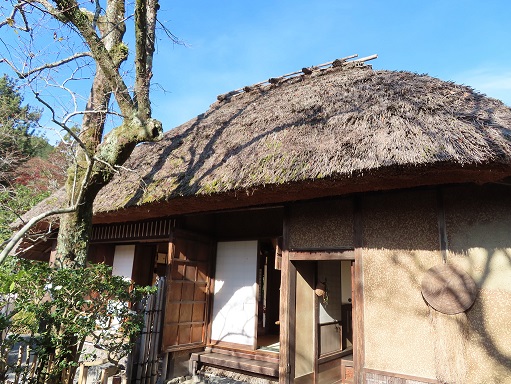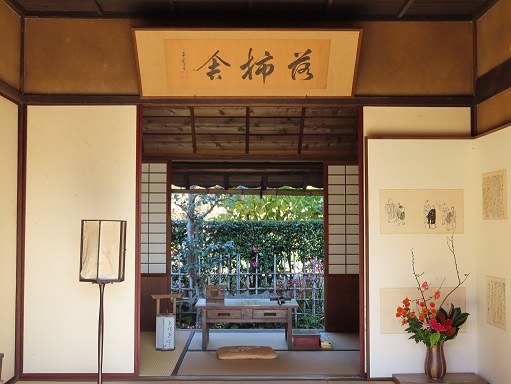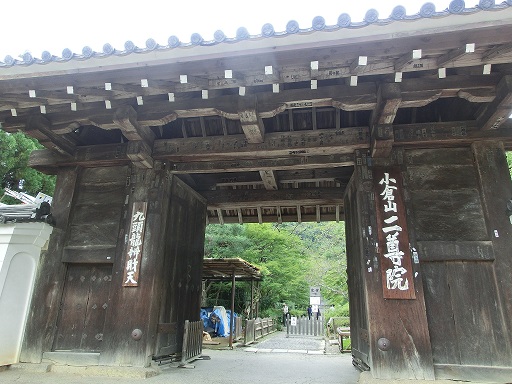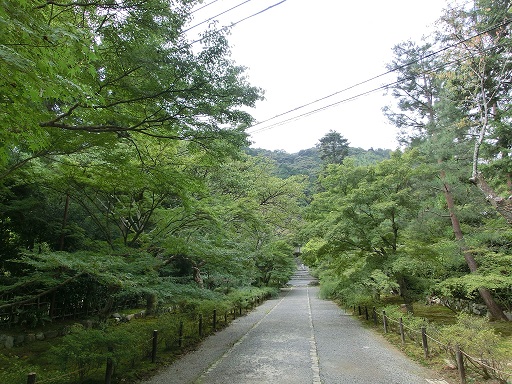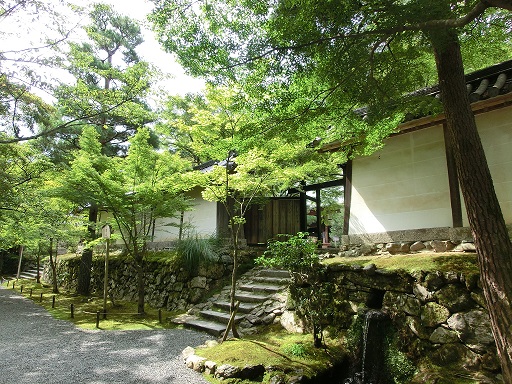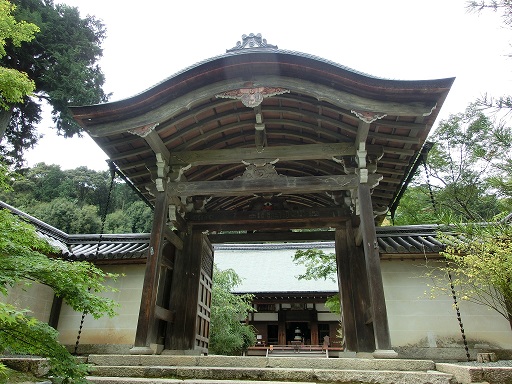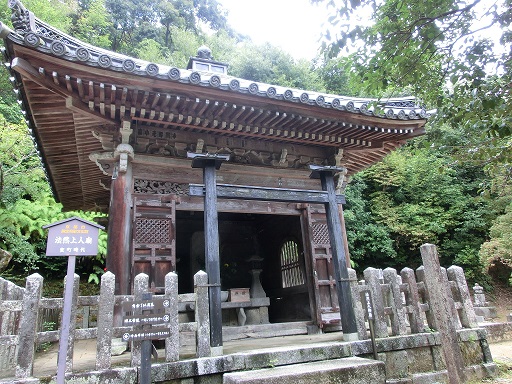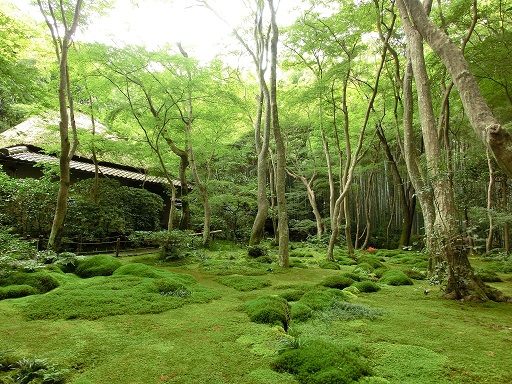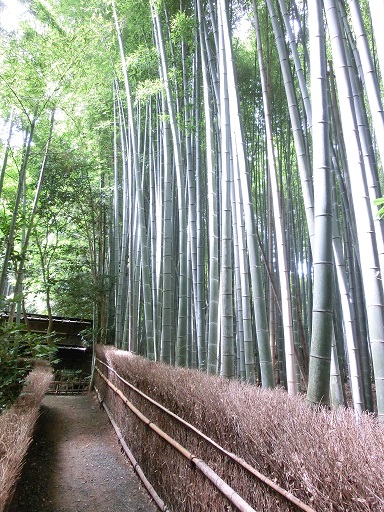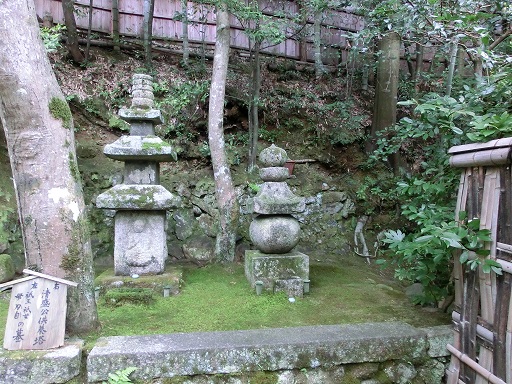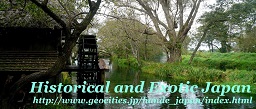|
Gioji Temple in Kyoto
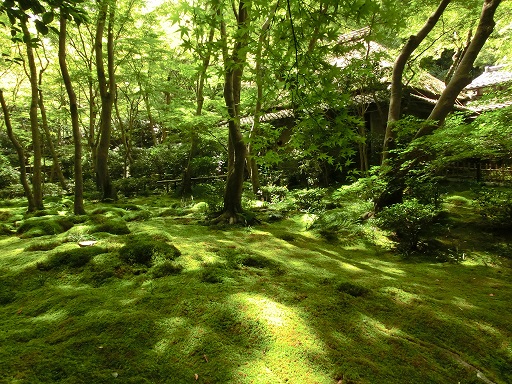
A couple of historical sites are located to the north of Jojakkoji Temple in Sagano, Kyoto. A good historical atmosphere remains in this area. Among these historical sites, the information of "Rakushisha", Nisonin Temple and Gioji Temple are shared in this page. Please refer the page of Jojakkoji Temple" in Kyoto: http://handejapan19.html.xdomain.jp/TravelDestinations/Kansai/Jojakkoji_E.html Rakushisha Rakushisha was the residence of MUKAI Kyorai (1651 - 1704) , who was a "Haiku" poet and a pupil of MATSUO Basho (1644 - 1694) .If you walk down the gentle slope from Jojakkoji Temple to the east, you will see a village landscape. The view is very peaceful and lovely. 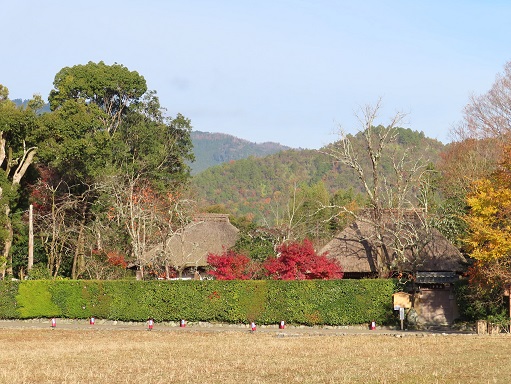
"Rakushisha" in Japanese means a residence where Japanese persimmons are fell. When I visited there in December, almost all persimmons were fell down. 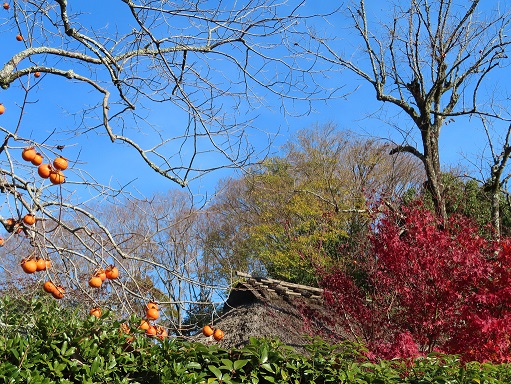
MUKAI Kyorai purchased the mansion of a wealthy merchant in 1685 or 1686 and named it as "Rakushisha". Actually, the location of "Rakushisha", where Kyorai lived, was not known. The current existing houses were built by INOUE Jyuko (1734 - 1804) . |
